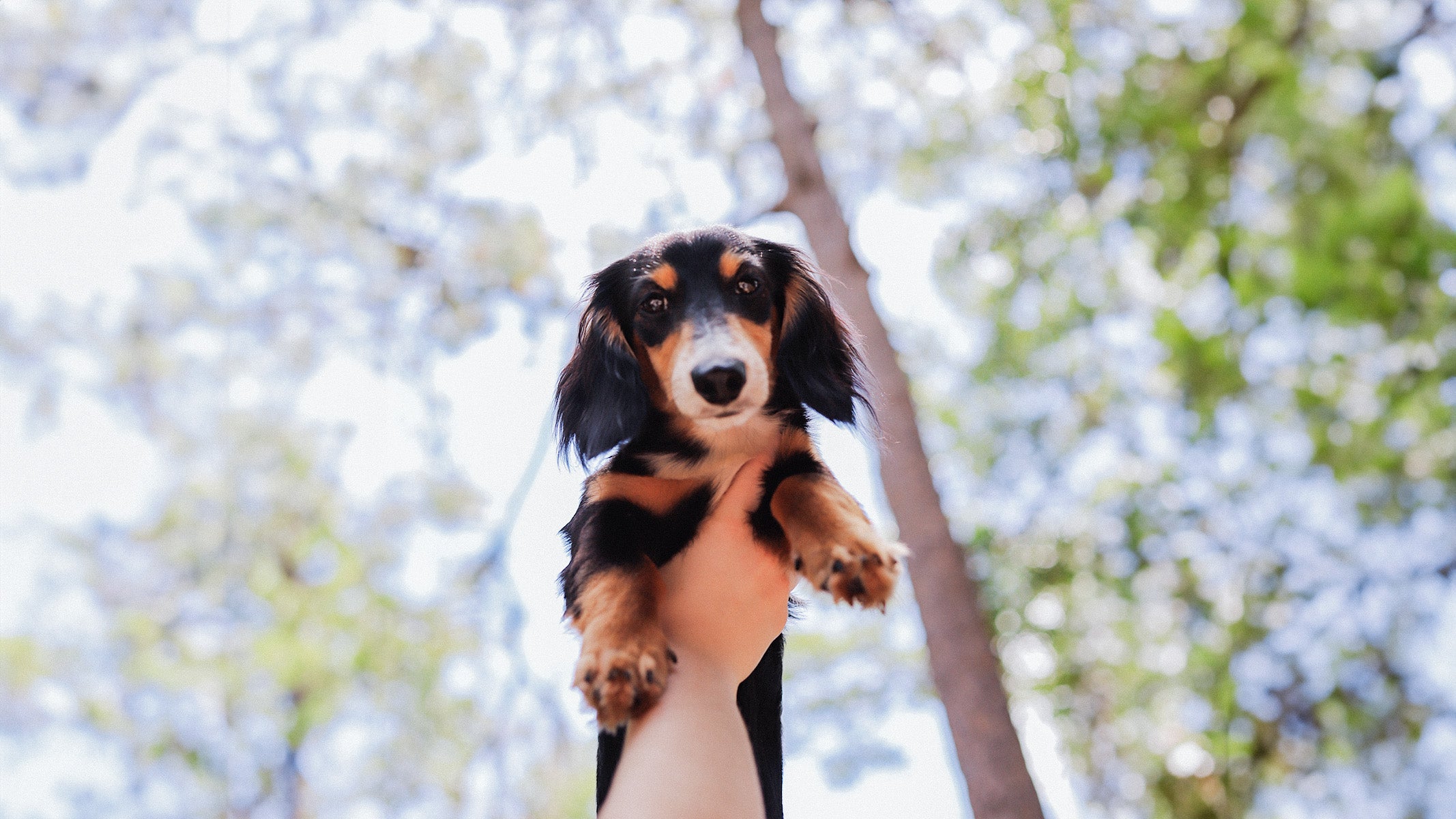
Welcoming a new furry friend to the family? Congratulations! Bringing a puppy home is exciting, slightly overwhelming, and the beginning of a fun new chapter. No matter how many dogs you’ve raised before, every puppy starts from square one when it comes to training. Below, Emily Carl, CPDT-KA, CCBC, FFCP shares her top five training tips for raising a new puppy below.
Remember That Pups Are Always Learning
You don’t have to take a training class for your puppy to learn good or bad behaviors – that is a constant for them. Keeping that in mind, take advantage of “passive training.” Rather than actively giving cues and asking for good behavior, catch your pup offering good behaviors on their own and praise. Any behavior that is reinforced will continue, so if your puppy sits or lays down simply because they’re tired, catch that good behavior with some praise, pets, or treats and your puppy will be more likely to repeat that same behavior in the future without being asked.
Redirect Rather Than Punish
A common misconception is that dogs act out of spite, when in reality they genuinely don’t understand what they are supposed to do. Dogs naturally live by a different set of rules than we do: they eliminate anywhere, chew anything, and dig everything. Rather than punish those normal behaviors, redirect to the appropriate outlet. If your pup chews on a couch cushion, redirect to a chew toy. If they struggle to give up the couch cushion regularly, either block access or make it less appealing by spraying a chew deterrent on the cushion while practicing redirection. This way, rather than constantly guessing incorrectly what they can chew, pups will learn their correct options.
Be Aware of Your Training Delivery
Trainers perfect their methods by focusing on their delivery. Two small details greatly help with this. First, do not repeat cues. Repeating teaches your pup they can respond the fifth or sixth time. Instead, if your pup doesn’t respond after a few seconds, move to a new spot and try again. If they still don’t get it, go back a step in training because your pup does not understand. Second, do not get louder when giving cues. The outdated “alpha theory” states that we need to be loud and commanding when giving our dogs cues. Studies show that dogs respond best to high-pitched, cheerful sounds. Sound as exciting as possible when giving cues so your puppy hangs on your every word.
Commit Early
Dog training is a lifelong journey that requires a lot of work starting with young puppies. This can be daunting, but the more time and effort you put into early training, the easier it will be long-term. It is expected for there to be ups and downs when training a pup. Commit to the process and remember that the more consistent you are early on, the easier and more fool-proof your training will be. If your pup jumps on the couch, for example, and you have a no-dogs-on-furniture rule, make sure everyone in the household follows that rule every single time. All it takes is one person letting the pup on the couch one time for him/her to learn that sometimes it’s allowed! Be consistent and your pup will know throughout adulthood that the couch is always off-limits.
A Little Goes a Long Way
While training is a big commitment, that doesn’t mean you need to reserve hours of your day for it. In fact, trainers recommend against that because pups lose interest or get too tired to focus after a short time. Keep training sessions short — two or three 5-10 minutes sessions a day. When you make time to train, practice in as many different places as you can. A pup may know “sit” perfectly in your living room on the carpet, but lose it on the kitchen tile or in the grass. Practice in as many places as possible, in short bursts, for a perfectly trained puppy.


